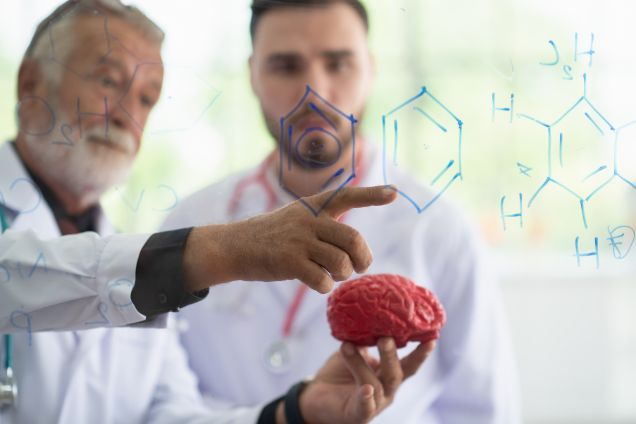Brain Injury Rehabilitation Journey
A brain injury can change life in an instant — affecting how you move, think, and interact with the world. But with the right rehabilitation approach, recovery and renewed independence are possible. At Health Plus Physical Therapy & Rehabilitation Center, our goal is to help every patient regain strength, function, and confidence through compassionate, evidence-based care.
Understanding Brain Injury Recovery
Brain injuries can result from accidents, falls, strokes, or lack of oxygen. Each case is unique, and so is every recovery journey. The rehabilitation process focuses on helping the brain “relearn” lost skills — a process called neuroplasticity, where the brain forms new connections to regain movement, speech, and cognition.
Our highly trained therapists work closely with patients and their families to create a personalized neuro rehab plan that supports healing at every stage.
The Phases of the Rehabilitation Journey
1. Early Recovery and Stabilization
In the initial phase, medical teams focus on stabilizing the patient’s condition and preventing further injury. Gentle movement, positioning, and basic exercises may begin early to maintain flexibility and prevent stiffness.
2. Intensive Neuro Rehabilitation
Once the patient is medically stable, structured therapy begins. Our physical therapists focus on rebuilding strength, balance, and mobility, while occupational therapists help patients regain independence in everyday activities like dressing, bathing, and eating.
Speech therapy may also be part of the plan to improve communication, memory, and cognitive skills.
3. Transition to Home and Outpatient Care
As progress continues, therapy often transitions to an outpatient or home-based program. At Health Plus PT, we emphasize continuity of care — ensuring that exercises, family training, and adaptive strategies continue outside the clinic to support real-life recovery.
4. Long-Term Maintenance and Support
Recovery from brain injury is a long-term process. Our therapists provide ongoing reassessment, home exercise programs, and lifestyle guidance to help maintain progress and prevent setbacks. Even years after injury, meaningful improvements can still occur with consistent effort.


